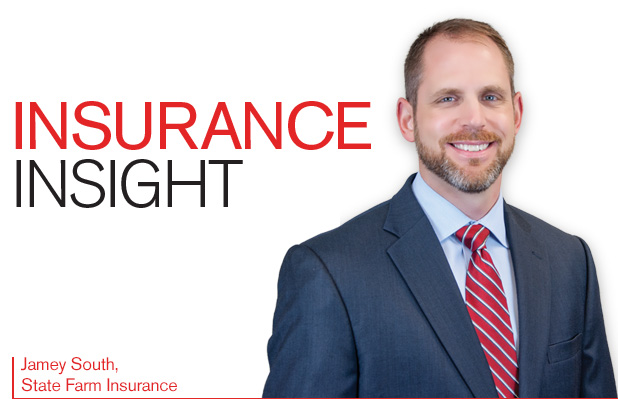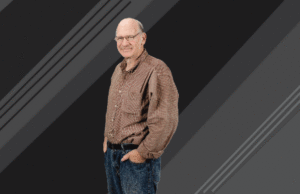Antique & Classic Car Insurance 101

Antique or classic cars aren’t everyday drivers: they appreciate rather than depreciate in value, and they require special insurance. Here’s what you need to know about protecting an antique or classic car.
Whether you lovingly rebuilt your antique or classic car from the ground up or you bought a perfectly restored showpiece, it’s much more than a car to you. It’s your passion, your pride and joy. You want to make sure your insurance company can help protect it.
Insurance eligibility
- To be eligible for classic car insurance, your vehicle must fit one of the following definitions:
- Classic Car: A vehicle 10 to 24 years old that has historic interest.
- Antique Car: A vehicle 25 or more years old. If a ‘classic car’ is more than 25 years old, it is considered an antique car for insurance purposes.
Your antique or classic car must also meet these conditions:
- Limited Use: Your antique or classic vehicle should only be used on a very limited basis.
- Condition: The car (generally) must be restored, maintained or preserved. Some insurers may decline if the vehicle is not in excellent condition.
- Storage: It is required that you store your vehicle in an enclosed building.
Policy payouts
Most insurance companies offer “agreed-value” policies, which means if the vehicle experiences a total covered loss, we will pay this agreed-upon value rather than the actual cash value of the car as long as there is no prior damage to the car, parts have not been removed, and the car’s condition has not deteriorated because of abuse or neglect.
Antique or classic car policies include typical vehicle coverage options, such as liability, collision, comprehensive, medical payments and more. Your insurance premiums may be lower if your antique or classic car is used on a very limited basis such as exhibitions, club activities or parades.
Inspecting the car
Careful inspection is very important when buying an antique or classic car. You may want to use an inspection service. Or if you want to do it yourself, here are a few things to consider:
Clear title: Check if the car is registered to the seller or not registered at all. Fees and penalties can really add up if you need to research and apply for a title.
VIN: Make sure the VIN (Vehicle Identification Number) on the title matches the official VIN tag on the car. If they do not match, it’s possible it may have been in a serious accident or be a counterfeit or stolen.
Interior: Original is best. Check if the seats, upholstery, badges, radio, dashboard, and emblems are damaged or not factory original. Finding and replacing these can really add up.
Exterior: Try to examine the car in natural daylight. Look for the condition of the paint, obvious dents, and panels that are misaligned or mismatched. Major welding marks can be a sign of a clip job — attaching the front or back half of a junked car to a vehicle after it has sustained severe damage.
Rust damage: A little can be expected, but if complete sections of floorboards or body panels are rusted or show signs of repair or replacement, you should be very cautious. If a professional did not do the repairs correctly, there’s a good chance the rust could return.
Test drive: If the car is running and safe and legal to drive, take it out for a spin. It’s a good opportunity to check for any serious problems. Listen for anything out of the ordinary, such as noises, squeaks, and clunks. If it feels loose going around corners or over bumps, there may be costly suspension problems. ν









0 comments